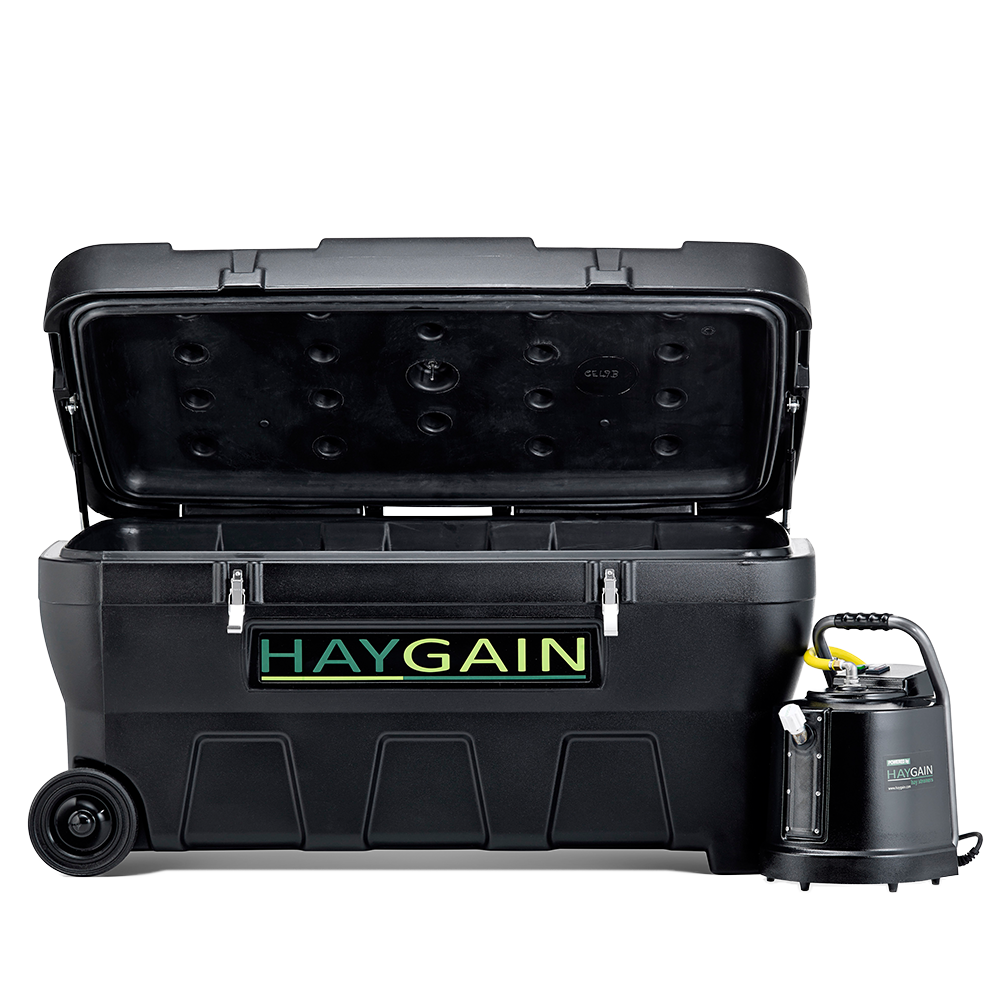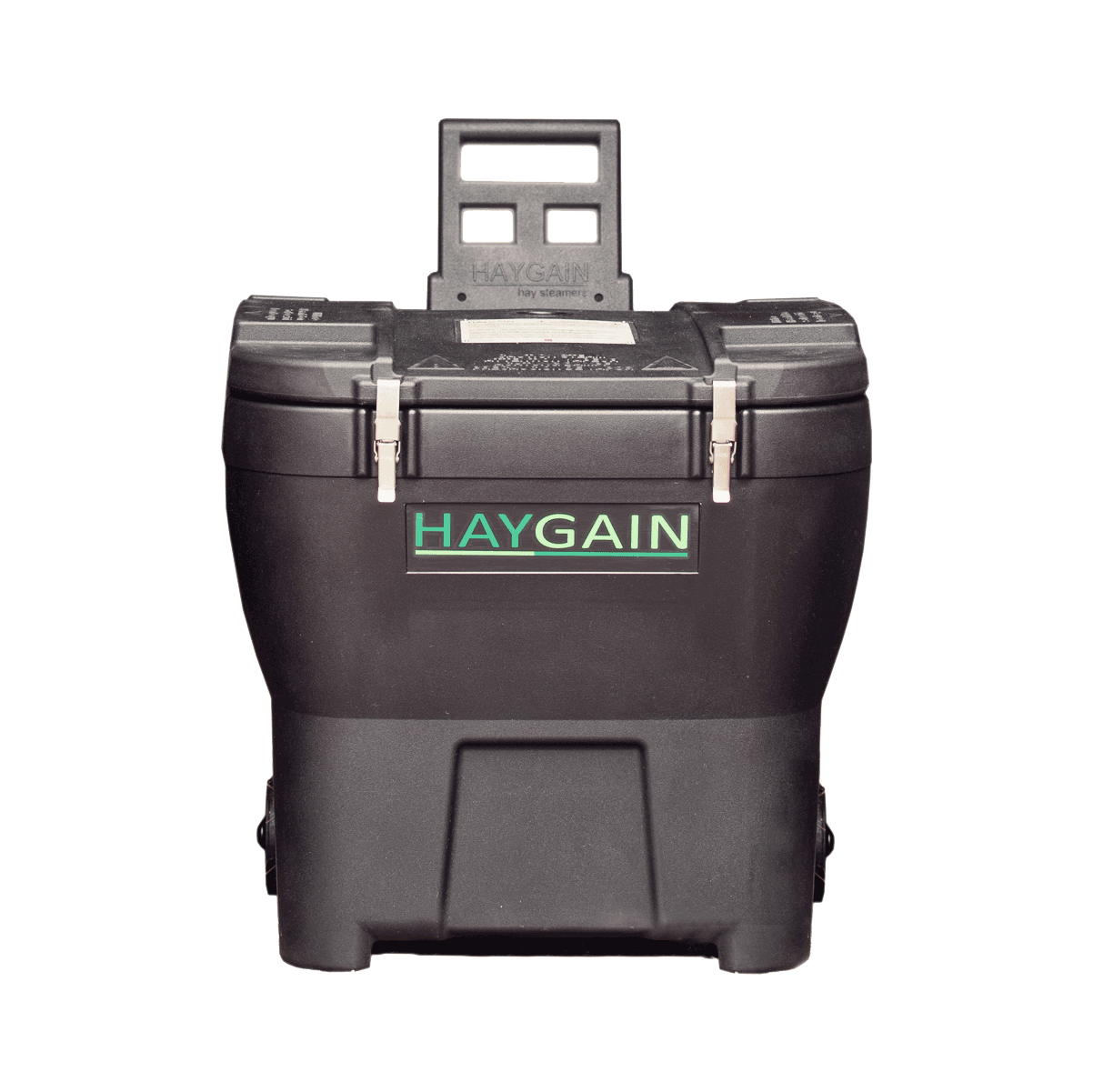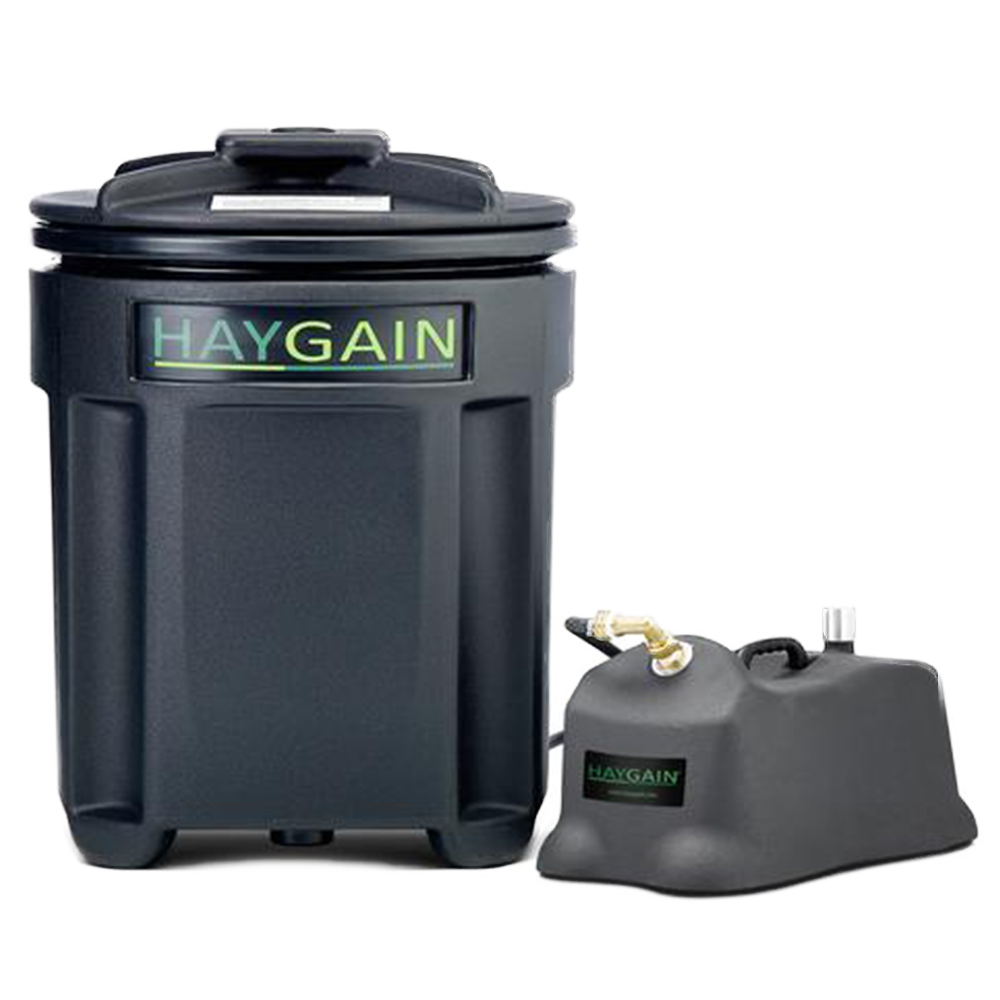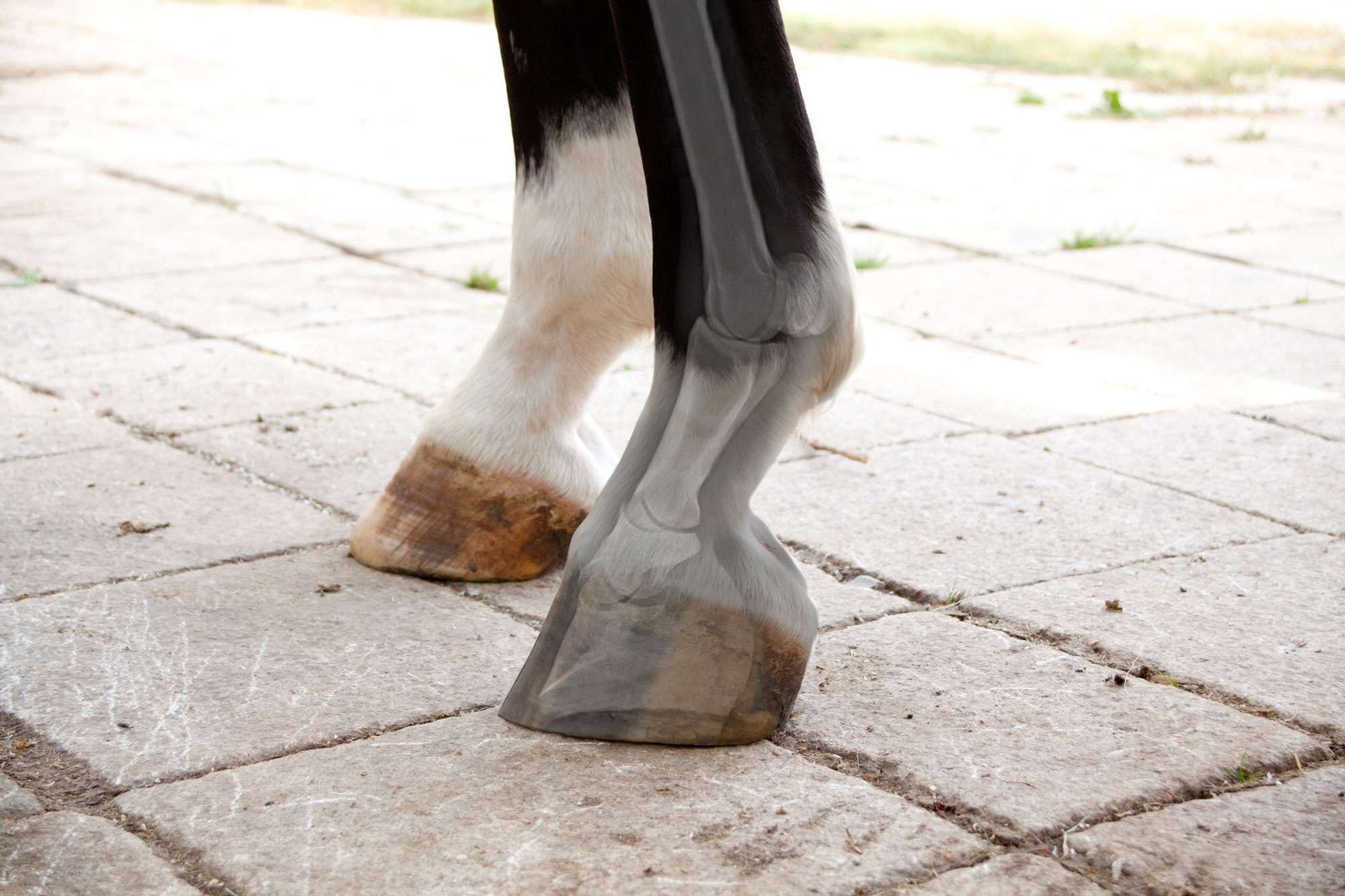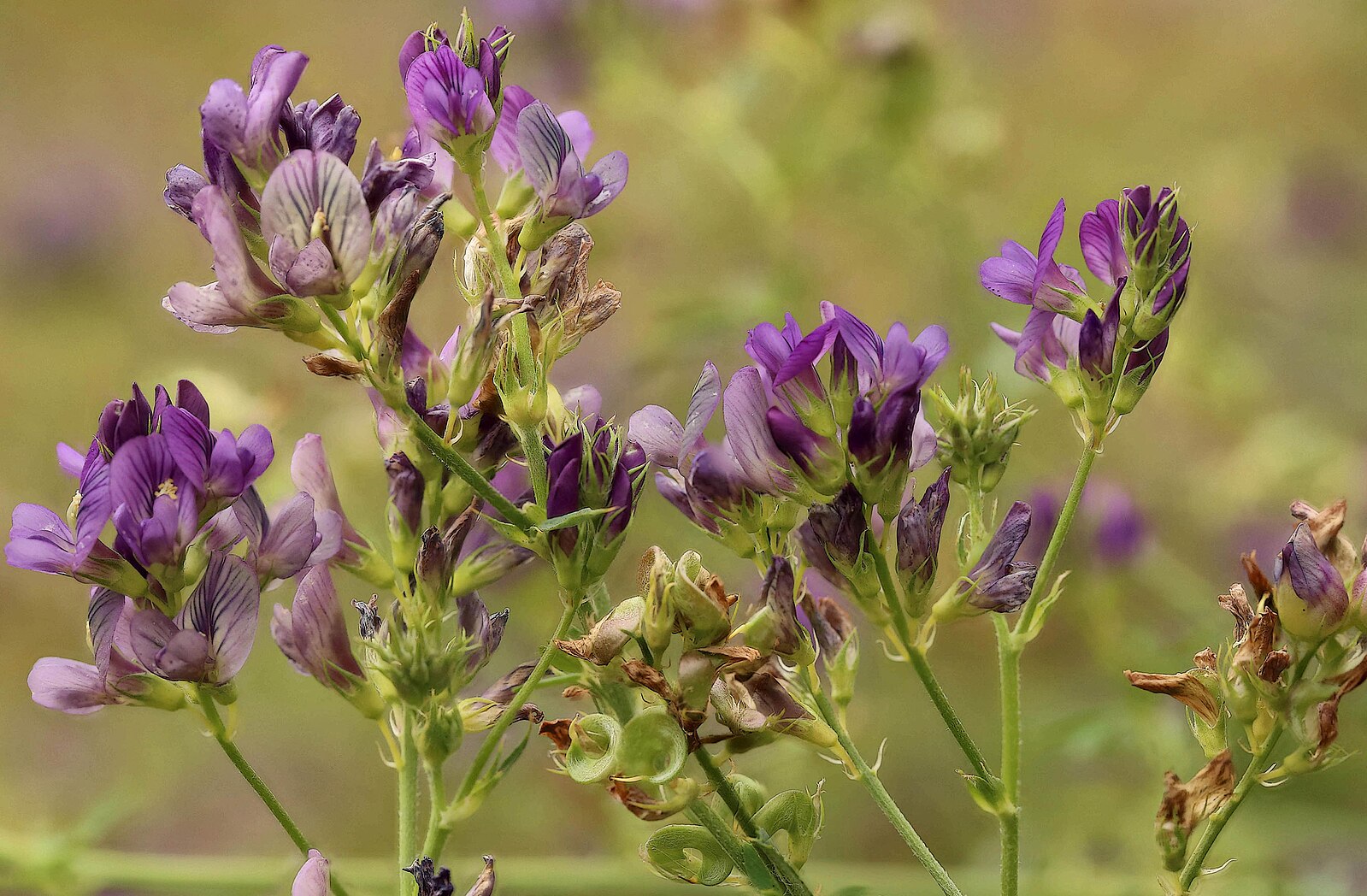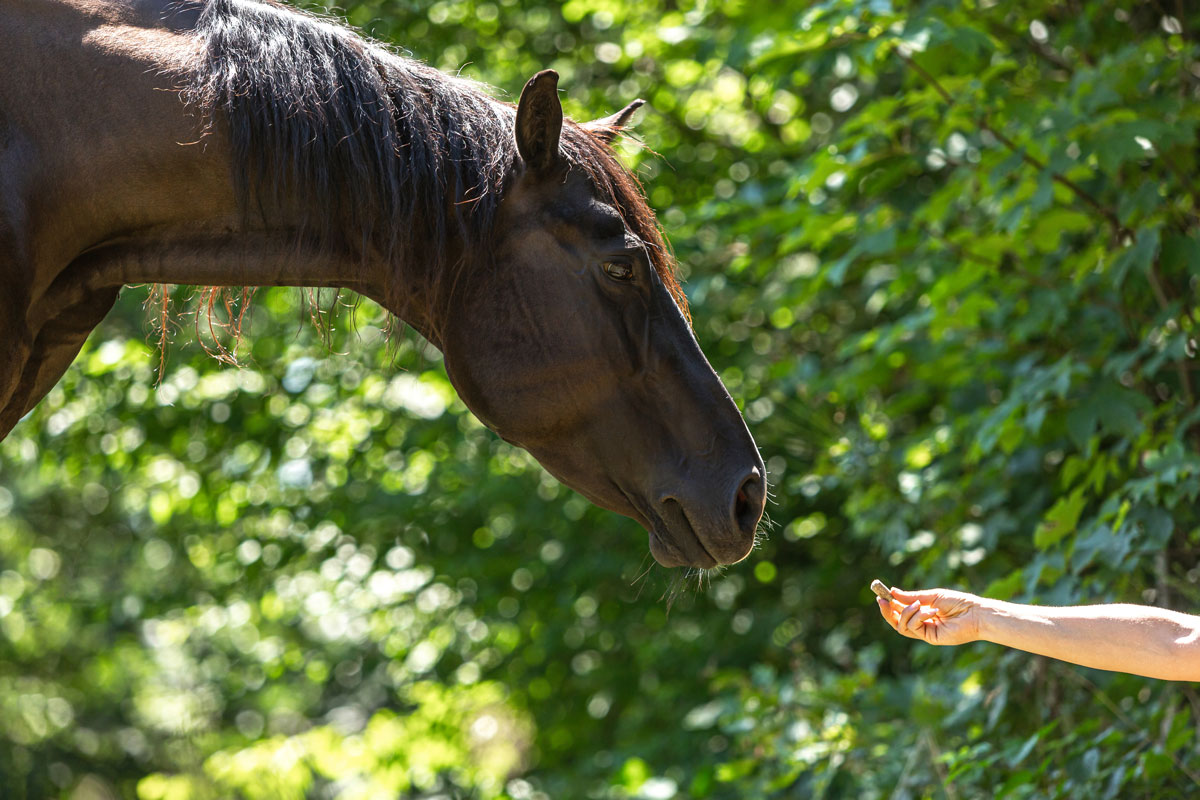In this first article, equine behavior specialist Sharon Smith discusses the common causes of laminitis , a complex and often misunderstood condition.
Sharon Smith MSc BHSAP, Behaviorist and Accredited Consultant
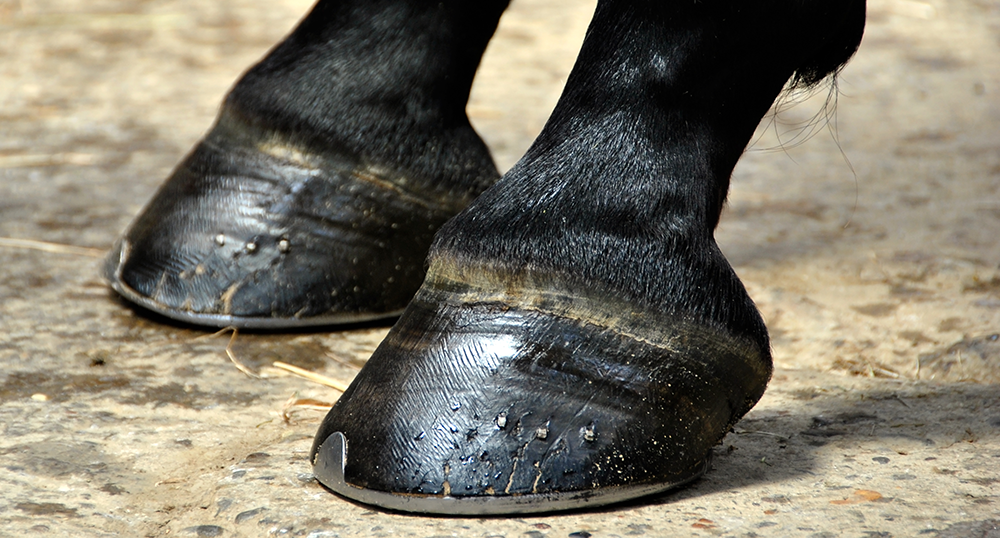
You’ll hear about laminitis sooner than you think
The complexity of this potentially crippling condition is reflected in the variety of its definitions:
University of Liverpool
…a severe form of lameness in horses characterized by a hot and painful hoof, with rebound pulses felt in the digital arteries…
….damage or failure of slats…
thelaminitissite.org
…a disease associated with ischemia [insufficienza di sangue] of digital dermal tissues, it is not primarily an inflammatory disease ; thus laminitis is a misnomer …
laminitis.org

The first definition suggests excess blood and clinical signs of inflammation. Instead, the third definition speaks of a shortage of blood, with less emphasis on inflammation. The reality is that each of these definitions is correct – which creates even more confusion!
In recent years, laminite has been a rapidly developing research area full of new insights. However, “lamina damage” is a constant and ever-present clinical definition and diagnosis. We will start by analyzing the horse’s leg, and delve into the causes of this damage.
Many owners believe that the secton, sole and hoof wall are the only ones that distribute the horse’s weight. In fact, the pressure under the third phalanx cushions the load, so the phecton and sole are not primary load-bearing structures [1]. Instead, weight is transferred from the third phalanx, through the soft tissues, to the lower part of the hoof wall. A special adaptation inside this wall helps to bear the enormous weight. There are hundreds of thin plates growing in the hoof that resemble the underside of a mushroom. These plates greatly increase the surface area available for soft tissue fixation [2]. For clarity, I will call the hard hoof plates “lamellae” and the interlocked soft tissue folds “laminae.” The very important “superglue” between the laminae and lamellae is called the “basement membrane.”
The importance of blood
The basement membrane and soft tissue of the laminae are living cells, and they need a constant blood supply. Blood contains:
red blood cells that
- They transport oxygen and carbon dioxide
- white blood cells (or leukocytes) that help fight infection, release histamine (which triggers inflammation), envelop foreign bodies, and help ‘clean’ platelet fragments from damaged cells. They stop leaks causing clots (in veins) and scabs (on the skin)
- plasma, the fluid that carries red and white blood cells and platelets, but also proteins, fats, dissolved salts, nutrients and hormones, bacteria, viruses and dissolved toxins.
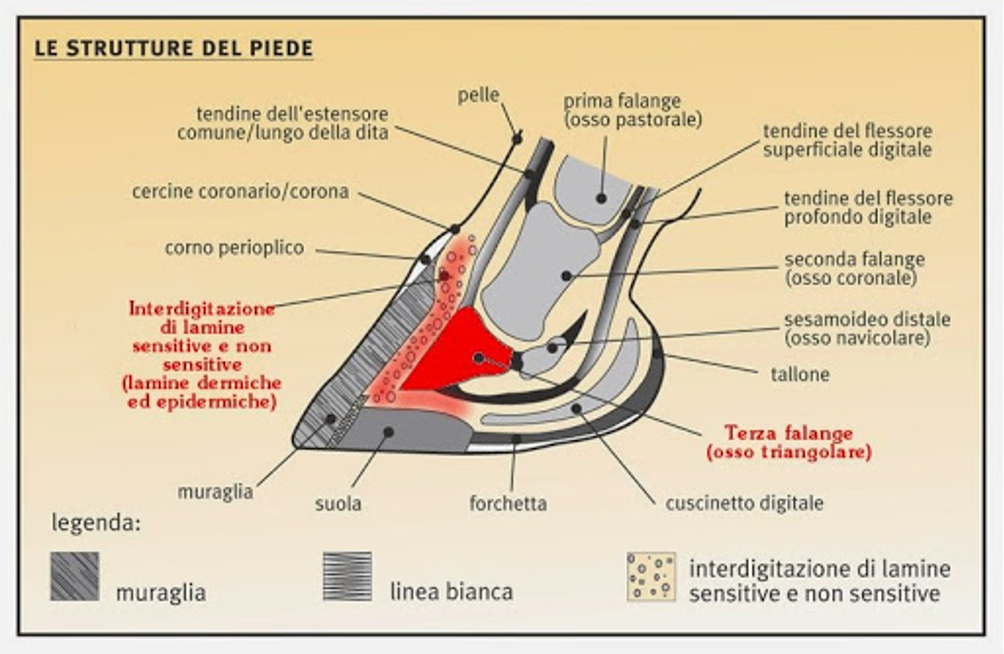
As the horse walks, the loading and unloading cycle of the foot helps pump blood in from the arteries around the hoof through small capillaries, then up the leg through the veins. The veins carry away all the waste generated by the cells of the foot. Arteries dilate in healthy horses to allow more blood to flow to repair or protect tissues. In addition to enlarging, veins and arteries narrow depending on circumstances. Arteriovenous anastomoses (shunts) are a direct connection from arteries to veins, temporarily bypassing small capillaries and damaged tissue.
“Shunts” open in response to high blood pressure to prevent vessel rupture, and play a role in thermo-regulation. The horse’s foot is thought to have between 50 and 500 shunts per square centimeter of living leg [3]! PPID (Equine Cushing’s Syndrome), elevated insulin, and high levels of cortisol in the circulatory system (e.g., due to chronic stress) are believed to cause malfunction of these blood flow mechanisms, which are important for the prevention, management, and recovery of laminitis. Dead cells are not sticky.
Small amounts of damage to the soft laminae will cause structural changes within the foot, which can lead to abnormal hoof horn growth and changes in gait. If detected in time, this condition can be managed and overcome. Complications that can lead to major damage include partial separation of the laminae/lamellae, which allows the digital flexor tendon to pull and rotate the pedal bone downward, and loss of suspension: the bones sink into the foot, against the sole, with serious risk of perforation.
The destruction of the basement membrane (the one between lamellae and laminae) appears to be due to one or more of the following causes:
- mechanical forces;
- inflammation of the laminae
- Abnormal cell growth/function.
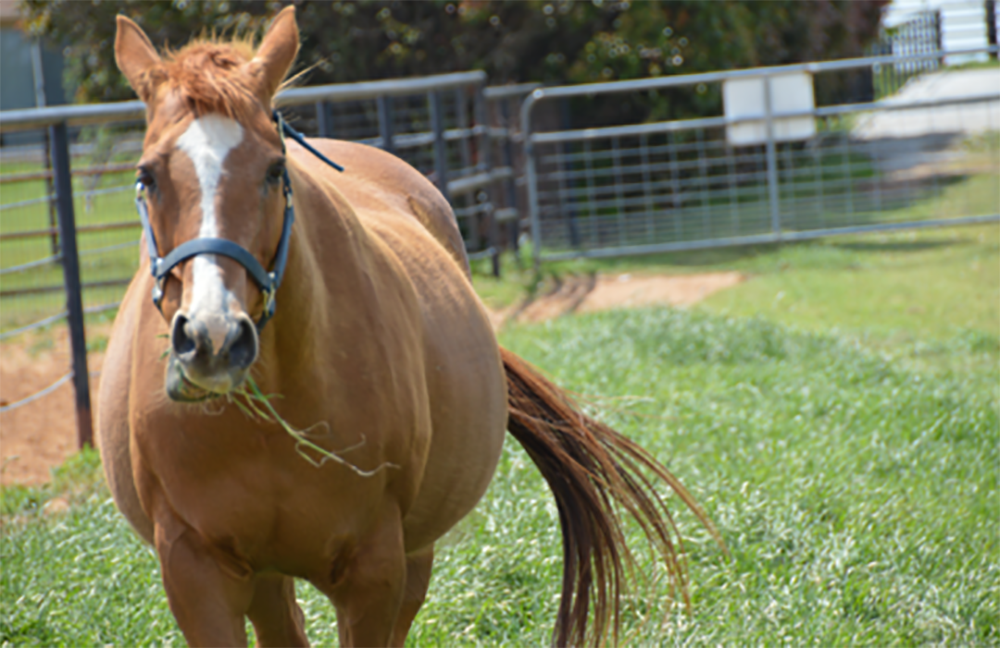
Mechanical Forces
Rupture of basement membrane cells are a potential risk for horses that are overweight, have severe nutritional deficiencies, or are subjected to repetitive impact on hard surfaces. Other causes may be inflammation or cellular abnormality. It may begin with a slight detachment of lamellae/laminae under physical stress. Platelets in the blood patch the damage, but they also clog the tiny veins exiting the laminae, causing harmful back pressure, shunt activation, blood loss from the laminae, and cell death.
Inflammation
Inflammation is the result of tissue cells signaling the need for more blood in the tissues to repair damage, eliminate toxins, or an invasive threat, such as harmful bacteria or viruses. Tissue membranes become permeable, and thus weaker, to allow plasma and blood cells to enter. Chronic low-level inflammation (e.g., due to PPID or stress) results in consistently weaker tissues; blood gets to the horse’s heel area sooner [2], the additional nutrients used cause the heel area to grow faster than the toe of the leg. Blood output is free, so pressures within the hoof are stable and pain, if any, is minimal. The horse is still on the verge of complete laminitis.
It will only take a little, and the acute inflammation will allow more blood to flow into the laminae and swell. The solid hoof capsule stops swelling outward, while Inward swelling will push the lamina/pedal away from the lamellae support. Forcing through the pedal bone then continues to tear the basement membrane, separating the laminae from the lamellae. Platelets are activated by the resulting damage, limiting the outflow of blood even from the foot. All this pressure, and the accumulation of blood in the foot causes pain, a warm hoof, and a noticeable heartbeat in the back of the fetlock. Higher “shunts” will open to compensate for the increased pressure, reducing blood to the foot, but eventually starving the laminae and basement membrane, causing them to die.
Abnormal growth/functioning of the basement membrane
Anything that causes the cells to grow too fast or not grow in the right way leads to risks of detachment of the laminae from the lamellae. For example, if a horse has a broken leg, it will constantly load weight on the other to stand. Too hard a floor would compress the arteries against the pedal bone, disrupting blood flow, and lack of oxygen and nutrients in the frontal area of the hoof, causing cell death of the basement membrane. Another example is when high levels of insulin directly damage the membrane over the entire hoof, without causing initial inflammation [4]. Insulin can trigger growth factors in the basement membrane [3], stretching the lamellae/laminae of the hoof between the pedal bone and hoof wall. This is structurally weaker- therefore more prone to an event that will cause laminitis. The elongation of the lamellae takes the form of an elongated “white line” between the sole and the hoof wall. Elevated insulin levels and an elongated white line are associated with equine metabolic syndrome (EMS), obesity, PPID/Equine Cushing’s Syndrome, and corticosteroids.
Factors that activate risk
Excessive consumption of starch and sugar is known to overload the stomach, causing small intestine fermentation and acidic conditions. One of the consequences is watery diarrhea (colitis), but not laminitis in all cases, although it is clear that a secondary mechanism is at work. Organic acids from overloading the small intestine increase blood circulating lipo-polysaccharide (LPS), which in sufficient quantities induces insulin resistance and leads to chronic inflammation, including in the lamellae [5]. Fructosans in the grass are often cited as a trigger for laminitis, but no direct link has been found, while it is certain that high blood sugars ARE a trigger (assimilated through the sugary grass, but also through feed and hay), but these should not be a threat if the insulin response is normal, and not resistant!
At the cellular level, there are few mechanisms that damage lamellae and basement membrane, but these can be triggered in several ways; we summarize them in the following table:
| Inevitable Risks | Incidental Risks | Avoidable Risks |
| Genetic Predisposition | Accidental sugar/starch overdose | Obesity |
| PPID/Cushings | Corticosteroids | Impact with hard ground |
| Infection | Thermal stress | Diet rich in sugar and starch |
| Excessive load on the supporting limb | Chronic psychological stress | |
| Inability to exercise/increased heart rate | Nutritional deficiencies | |
| Sepsis / Blood poisoning | Restricted movements | |
| Sedentary life |
Prevention is based on:
- Avoid high levels of insulin in the blood;
- controlling cortisol/PPID;
- Adequate care of hooves.
Therefore, it is essential to focus on:
- Maintaining a healthy level of body fat;
- A balanced, low-carbohydrate, fiber-based diet ;
- A low-stress but aerobically active lifestyle;
- Avoid fast work on hard ground and provide adequate pavement and support when at rest.
In Part II, coming soon to our blog, Sharon will discuss what different treatments are trying to achieve, dwelling on potentially contradictory advice.
How can Haygain help your horse?
Haygain is a science-driven company committed to improving equine health through research and innovation in respiratory and digestive health. Numerous scientific studies have shown that Haygain’s high-temperature purification eliminates 99% of dust, mold, bacteria and fungi in hay. Steam purification of hay also maintains its nutritional value, and improves its palatability. Haygain hay Steamers help manage laminitic, colic-prone and recovering post-operative horses by preventing serious respiratory conditions such as IAD and RAO.
Developed by riders for riders, we understand the importance of clean forage and a stable, healthy environment to maintain the horse’s overall well-being. Our hay Steamers are recommended by many of the world’s leading equine riders, trainers and veterinarians.
References
[1] DYHRE-POULSEN, P., Smedegaard, H. H., Roed, J., & Korsgaard, E. (1994). Equine hoof function investigated by pressure transducers inside the hoof and accelerometers mounted on the first phalanx. Equine veterinary journal, 26(5), 362-366.
[2] Pollitt, C. C. (1992). Clinical anatomy and physiology of the normal equine foot. Equine Veterinary Education, 4(5), 219-224.
[3] Katz, L. M., & Bailey, S. R. (2012). A review of recent advances and current hypotheses on the pathogenesis of acute laminitis. Equine veterinary journal, 44(6), 752-761.
[4] Gauff, F., Patan-Zugaj, B., & Licka, T. F. (2013). Hyperinsulinaemia increases vascular resistance and endothelin-1 expression in the equine digit. Equine veterinary journal, 45(5), 613-618.
[5] Wearn, J. G., Suagee, J. K., Crisman, M. V., Corl, B. A., Hulver, M. W., Hodgson, D. R., … & McCutcheon, L. J. (2012). Effects of the insulin sensitizing drug, pioglitazone, and lipopolysaccharide administration on markers of systemic inflammation and clinical parameters in horses. Veterinary immunology and immunopathology, 145(1-2), 42-49.
[6] Medina-Torres, C. E., Underwood, C., Pollitt, C. C., Castro-Olivera, E. M., Hodson, M. P., Richardson, D. W., & Eps, A. W. (2016). The effect of weightbearing and limb load cycling on equine lamellar perfusion and energy metabolism measured using tissue microdialysis. Equine veterinary journal, 48(1), 114-119.
